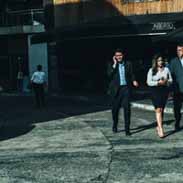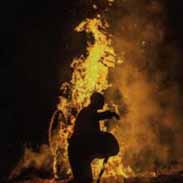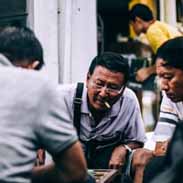Conflict Theory Flashcards, test questions and answers
Discover flashcards, test exam answers, and assignments to help you learn more about Conflict Theory and other subjects. Don’t miss the chance to use them for more effective college education. Use our database of questions and answers on Conflict Theory and get quick solutions for your test.
What is Conflict Theory?
Conflict theory is a social scientific approach that emphasizes the role of power and competition in understanding social change. It views different groups as competing for scarce resources, such as wealth, status, or influence. Conflict theorists believe that this competition can lead to both positive and negative consequences in society.The roots of conflict theory are found in Karl Marx’s analysis of class struggle. Marx argued that when powerful economic interests come into conflict with weaker ones, those with more power will often prevail, while those without it may suffer exploitation or oppression. This concept has evolved over time to encompass other aspects of society beyond just economics including gender and racial struggles as well as traditional forms of political domination. In modern times, conflict theory has been used to understand a variety of issues like poverty and inequality; labor-management disputes; racism and sexism; international conflicts; civil wars; religious intolerance; nationalism and cultural imperialism; terrorism and even global warming. By recognizing how these various forces interact with each other within the environment created by unequal distributions of power, conflict theorists attempt to explain why people behave the way they do both individually and collectively and suggest ways to create more equitable societies based on principles such as mutual understanding rather than dominance or submission. Conflict theorist also pay attention to how individuals identify themselves within particular contexts (i.e., their culture). For example, a person might be identified as an American but also have strong ties to another country because they were born there or have family members living there who still maintain certain traditions distinct from those found in American culture such ties could give rise to internal conflicts between one’s sense of national identity versus loyalty toward ancestral homeland(s).

























